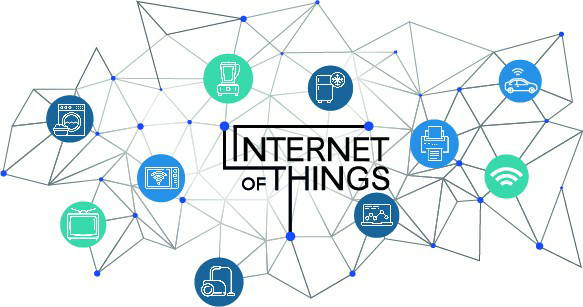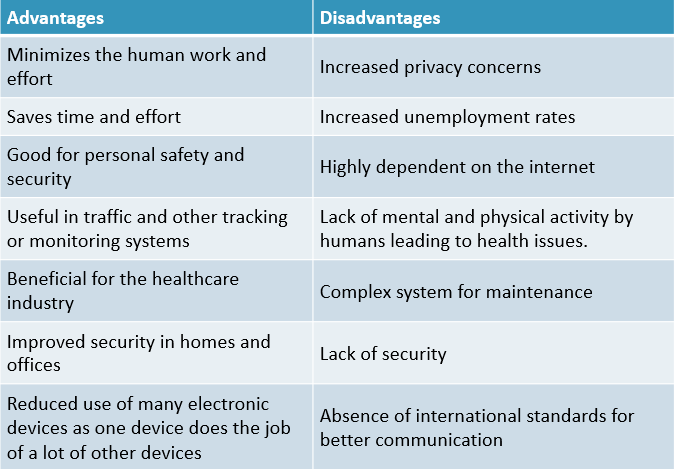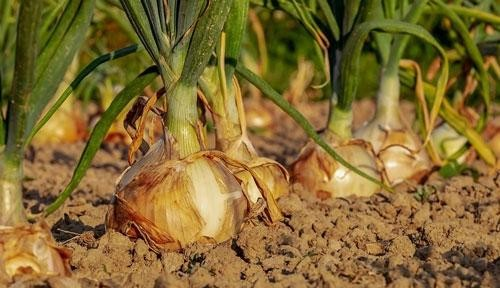




Disclaimer: Copyright infringement not intended.
Context
Aim
What is IoT?
Importance of IoT
Pros and Cons of IoT

Final Thoughts
https://www.pib.gov.in/PressReleasePage.aspx?PRID=1787727






© 2025 iasgyan. All right reserved